Urban and regional planning is essential for shaping the development and functionality of cities and larger regions, balancing growth with sustainability and quality of life. Here’s why it is crucial:
1. Organizing and Managing Growth
Urban and regional planning helps manage the growth of cities and regions in a structured and organized manner. Without effective planning, urban sprawl can occur, leading to inefficient land use, traffic congestion, and strain on infrastructure. Planning ensures that growth is orderly, predictable, and aligned with long-term goals, preventing haphazard expansion and ensuring that development meets the needs of current and future residents.
2. Promoting Sustainable Development
Sustainability is a key focus of urban and regional planning. Planners work to incorporate environmental considerations into development strategies, such as protecting green spaces, managing natural resources, and reducing pollution. Sustainable planning aims to create communities that meet present needs without compromising the ability of future generations to meet their own needs. This involves balancing economic, social, and environmental factors to achieve long-term viability and resilience.
3. Improving Quality of Life
Effective planning directly impacts the quality of life for residents. It involves designing cities and regions with access to essential services like schools, healthcare, and recreational facilities. Planners also focus on creating safe, accessible, and attractive environments by addressing issues like housing affordability, public transportation, and pedestrian-friendly infrastructure. Well-planned communities enhance residents’ overall well-being and foster vibrant, livable environments.
4. Enhancing Economic Development
Urban and regional planning plays a vital role in fostering economic growth. By strategically locating commercial, industrial, and residential areas, planners can create environments conducive to business development and job creation. Infrastructure investments, such as transportation networks and utility systems, support economic activities and attract investments. Planning also helps manage land use to ensure that businesses and industries have the space and resources they need to thrive.
5. Mitigating Environmental Impacts
Planning helps mitigate the negative environmental impacts of development by integrating environmental protection measures into the planning process. This includes managing stormwater runoff, reducing energy consumption, and preserving natural habitats. Planners use tools like environmental impact assessments to evaluate potential effects and implement strategies to minimize harm. This proactive approach helps protect ecosystems and promotes healthier urban environments.
6. Enhancing Resilience to Disasters
Urban and regional planning contributes to building resilience against natural and man-made disasters. By designing and implementing strategies for risk reduction, planners can help communities prepare for and respond to emergencies. This includes developing evacuation plans, strengthening infrastructure, and ensuring that new developments are built to withstand hazards like floods, earthquakes, or fires. Effective planning reduces vulnerability and helps communities recover more quickly from disruptions.
7. Facilitating Public Participation
Planning processes often involve engaging the public and incorporating community input into decision-making. This participatory approach ensures that planning outcomes reflect the needs and preferences of residents. By involving diverse stakeholders, planners can address local concerns, build consensus, and create solutions that are more widely accepted and effective. Public participation also fosters transparency and accountability in the planning process.
8. Coordinating Land Use and Infrastructure
Urban and regional planning ensures that land use and infrastructure development are well-coordinated. Planners work to align land use policies with infrastructure investments, such as roads, utilities, and public services. This coordination prevents conflicts, optimizes resource use, and ensures that infrastructure supports the intended land uses. Well-planned infrastructure enhances connectivity, accessibility, and overall functionality within a region.
9. Addressing Social Inequities
Planning helps address social inequities by promoting inclusive development and equitable access to resources and opportunities. Planners work to identify and address disparities in access to housing, education, healthcare, and employment. By prioritizing social equity, planning helps create communities where all residents have the chance to thrive and benefit from development efforts.
10. Guiding Policy and Regulation
Urban and regional planning provides a framework for policy-making and regulatory decisions. Planners develop comprehensive plans and zoning regulations that guide land use, development, and growth. These policies help ensure that development is consistent with community goals and legal requirements. Planning frameworks also provide clarity and consistency, reducing uncertainty and conflicts related to land use and development.
In summary, urban and regional planning is critical for creating well-organized, sustainable, and resilient communities. It addresses a wide range of issues, from managing growth and protecting the environment to enhancing quality of life and promoting economic development. Effective planning helps shape the future of cities and regions, ensuring that they evolve in ways that benefit all residents and contribute to a better quality of life.
Functions Of Urban And Regional Planning
Urban and regional planning encompasses various functions aimed at organizing and guiding the development of cities and regions. These functions ensure that urban and rural areas are designed to meet the needs of their inhabitants while promoting sustainable and efficient growth. Here are the key functions of urban and regional planning:
1. Land Use Planning
Land use planning involves determining how different areas of land will be used for various purposes, such as residential, commercial, industrial, and recreational. This function helps to optimize land use, reduce conflicts between different uses, and ensure that land is utilized efficiently. Effective land use planning ensures that developments are compatible with community goals and environmental considerations.
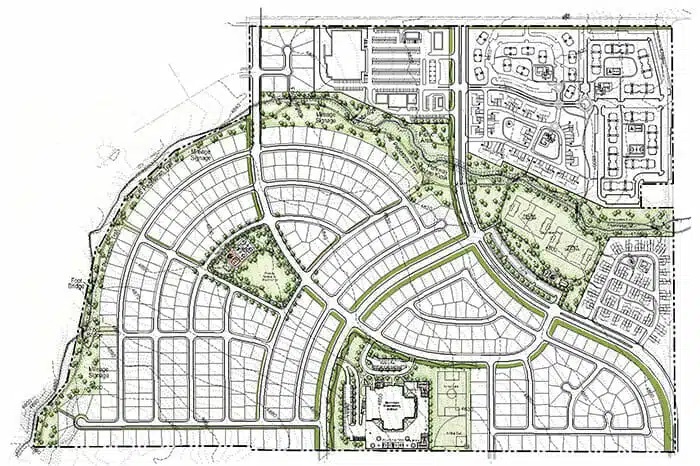
2. Infrastructure Planning
Infrastructure planning focuses on the development and maintenance of essential services and facilities, such as transportation networks, water supply, sewage systems, and energy distribution. Planners design and coordinate infrastructure to support existing and future land uses, enhance connectivity, and improve the quality of life. This function ensures that infrastructure is adequate, reliable, and sustainable.

3. Transportation Planning
Transportation planning involves designing and managing transportation systems to facilitate the movement of people and goods. This includes planning for roads, public transit, cycling paths, and pedestrian infrastructure. Effective transportation planning aims to improve mobility, reduce traffic congestion, and provide equitable access to transportation options.
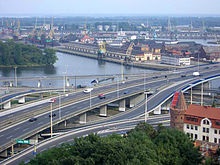
4. Environmental Planning
Environmental planning integrates environmental considerations into the development process. It involves assessing and managing the impact of development on natural resources, ecosystems, and climate. This function includes promoting sustainable practices, protecting green spaces, and mitigating environmental risks, such as pollution and habitat destruction.
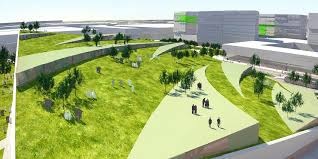
5. Housing and Urban Design
Housing and urban design focus on creating livable and aesthetically pleasing residential areas. Planners work to ensure that housing is affordable, accessible, and well-integrated with other land uses. Urban design also encompasses the planning of public spaces, streetscapes, and architectural features to enhance the visual appeal and functionality of urban areas.
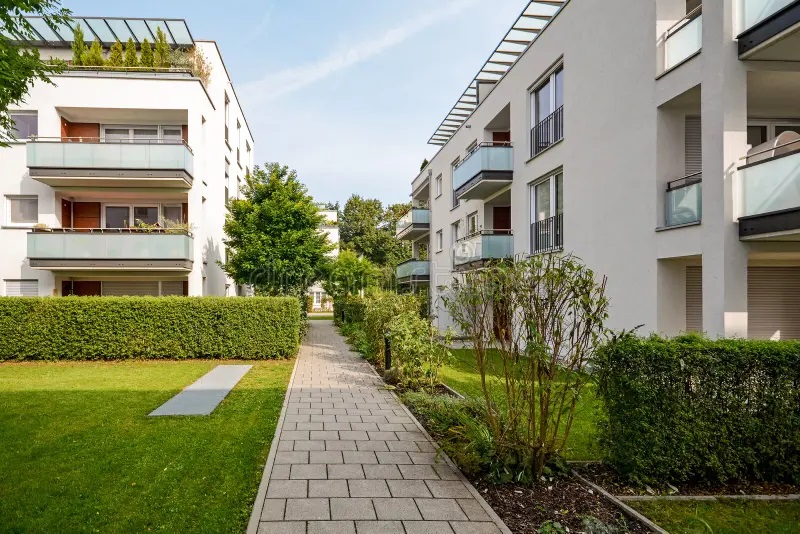
6. Economic Development Planning
Economic development planning aims to stimulate and support economic growth within a region. Planners identify opportunities for business development, job creation, and investment. This function includes creating strategies to attract and retain businesses, develop commercial areas, and enhance local economies.
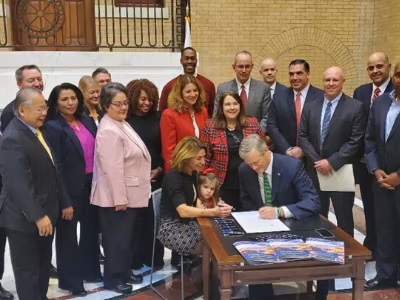
7. Social Planning
Social planning addresses the needs and well-being of communities by ensuring access to essential services such as healthcare, education, and recreation. This function involves creating strategies to promote social equity, inclusiveness, and community cohesion. Social planning helps to address disparities and improve the overall quality of life for residents.

8. Public Participation and Engagement
Public participation and engagement involve involving community members in the planning process. Planners seek input from residents, stakeholders, and interest groups to ensure that planning decisions reflect the needs and preferences of the community. This function helps to build consensus, increase transparency, and foster a sense of ownership among residents.

9. Regulatory Framework and Policy Development
Urban and regional planners develop and implement policies, regulations, and zoning laws to guide development and land use. This function includes creating comprehensive plans, zoning codes, and development standards that provide a framework for decision-making and ensure that development aligns with community goals and legal requirements.
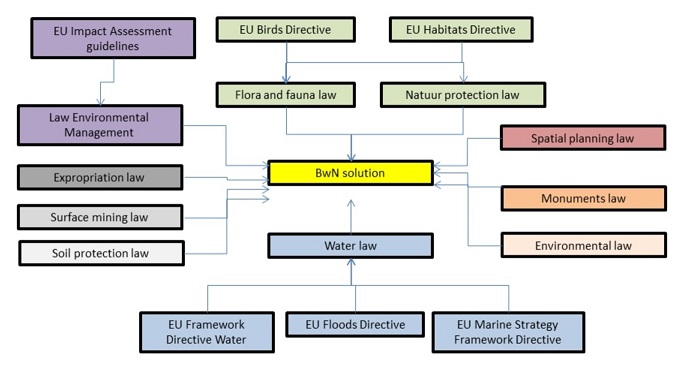
10. Disaster Preparedness and Resilience Planning
Disaster preparedness and resilience planning focus on preparing communities for and mitigating the impact of natural and man-made disasters. Planners develop strategies for risk reduction, emergency response, and recovery. This function aims to enhance the ability of communities to withstand and recover from disasters, protecting lives and property.
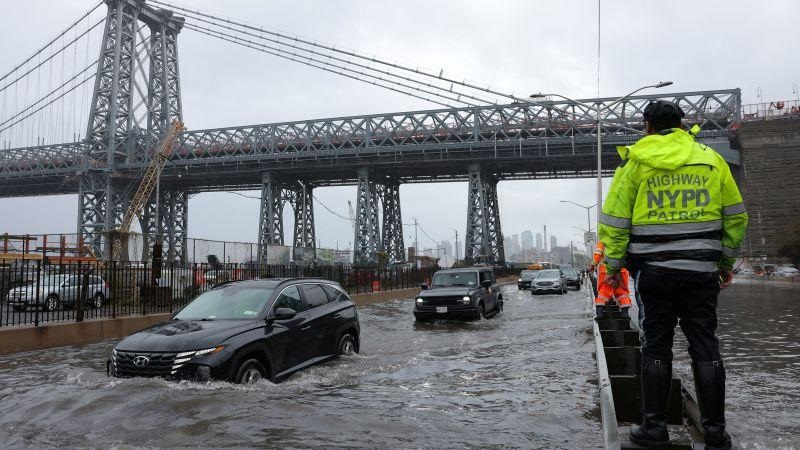
11. Historical and Cultural Preservation
Historical and cultural preservation involves identifying and protecting sites of historical, cultural, or architectural significance. Planners work to preserve heritage sites, landmarks, and traditions while accommodating new development. This function ensures that cultural assets are maintained and integrated into the fabric of the community.
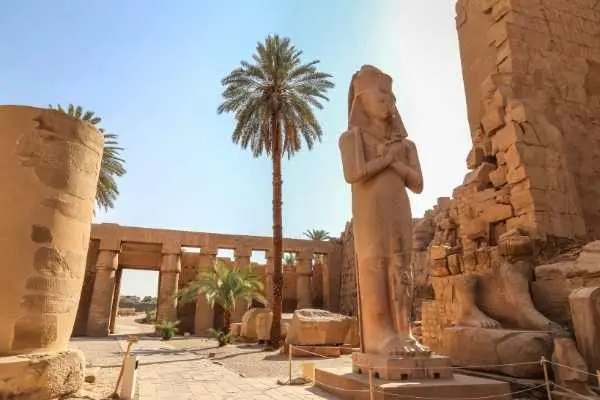
12. Research and Data Analysis
Research and data analysis support the planning process by providing valuable information and insights. Planners gather and analyze data on demographics, land use, transportation patterns, and other factors to inform decision-making and assess the impact of planning initiatives. This function helps to ensure that planning decisions are evidence-based and effective.

In summary, the functions of urban and regional planning are diverse and interrelated, encompassing land use, infrastructure, transportation, environment, housing, economy, social well-being, public participation, regulation, disaster preparedness, preservation, and research. Each function contributes to creating well-organized, sustainable, and resilient communities that meet the needs of their residents and adapt to changing circumstances.



